SICAL (Simulateur d'Irradiation de Carbones Amorphes en Laboratoire)
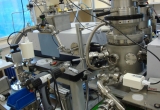
SICAL (Simulateur d'Irradiation de Carbones Amorphes en Laboratoire)
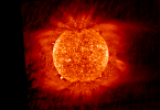
The Sun and its corona as seen by HECOR and HEIT: preliminary results.
Launched on September 14, 2009 from White Sands Missile Range (New Mexico), the Herschel sounding rocket was carrying two experiments with strong IAS participation: HECOR and HEIT.
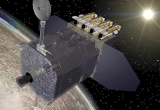
Data access: http://medoc-sdo.ias.u-psud.fr/
SDO: The Solar Dynamics Observatory is the first mission to be launched for NASA's Living With a Star (LWS) Program, a program designed to understand the causes of solar variability and its impacts on Earth. SDO is designed to help us in understanding the Sun's influence on Earth and near-earth space by studying the solar atmosphere on small scales of space and time and in many wavelengths simultaneously.
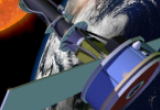
IRIS (Interface Region Imaging Spectrograph, NASA, launched in 2013) combines imagers and a spectrograph. The solar group gets interest in this mission for its diagnosis capacities of the solar plasma based on these two technics.
Contact: J-C Vial
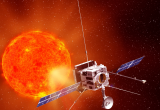
Solar Orbiter is a mission for the study of the Sun and its heiosphere. It was selected as the M1 mission of the ESA Cosmic Vision program. Launch is expected in 2020.
Solar Orbiter will be the first satellite for the exploration of inner parts of our solar system, allowing a continuous observation (in co-rotation) of active regions of the Sun and providing close-in observations of the polar regions of our star.
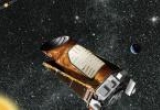
This mission (NASA, launched in 2009), following the path of Corot, combines also asteroseismology and the search of exoplanets. The stellar group is actively involved in the data analysis.
Contact: T. Appourchaux
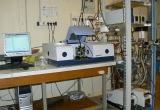
PRONEXT (PROcessus NEbulaires à la surface des grains EXTraterrestres)
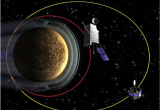
The BepiColombo mission was launched on October 19, 2018 for an arrival at Mercury in 2026. This ambitious mission will study all aspects of the closest planet to the sun, from interior to surface to magnetosphere. More details on the launch here.
Contacts : Yves Langevin, François Poulet, Mathieu Vincendon
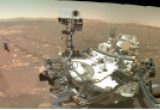
The Mars2020 / Perseverance rover is the NASA's 2nd large-scale in situ exploration mobile robotic mission. The rover is based on the Curiosity except that the mission will have the ability to encapsulate Martian samples that could be recovered later by another so-called sample return mission. IAS was in charge of the calibration of the near-infrared IRS point spectrometer developed by LESIA and IRAP within the SuperCam instrumental consortium led by Los Alamos (USA). IRS is the first near-infrared spectrometer on the surface of Mars. It is one of Supercam's major iinstruments and allows to constrain the mineralogical composition of rocks and Martian soil. We also actively participated in the selection of the landing site.
Contact: François Poulet
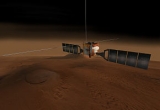
OMEGA is the spectro-imaging instrument of the ESA Mars-Express mission, inserted into Martian orbit the 25th of December 2003. The instrument has observed most of the Martian surface from a polar orbit, over several Martian years. As of 2023, OMEGA still operates on a daily basis, acquiring VIS-NIR (0.35-1.1 µm) reflectance spectra of the surface and atmosphere of Mars, and occasional Phobos during low altitude flybys. Infrared observations (2.5-5.2 µm) of the surface and atmosphere remain possible with OMEGA, they are acquired on-demand for high priority science targets.
| OMEGA has a new dedicated website with up-to-date information including current projects, detailed instrument description, access to both raw and high level data products: https://www.ias.u-psud.fr/omega/ |